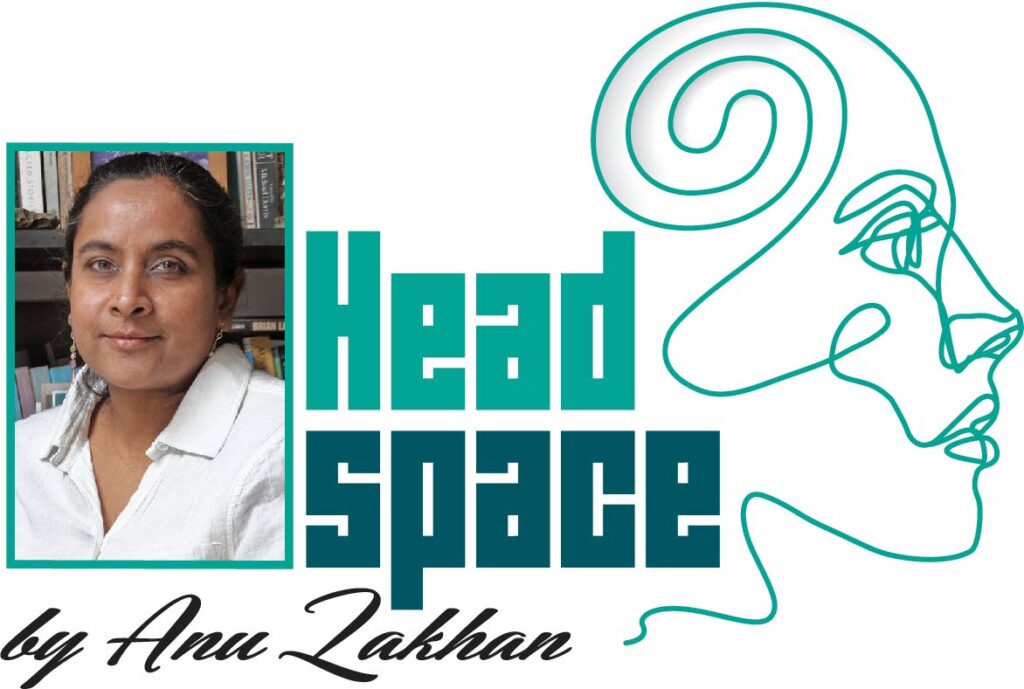Still the stigma

Even though it had been building through the late seventies, the HIV/Aids epidemic has an official start date, thanks to published reports from the Centers for Disease Control in the US. It’s June 5, 1981.
By 1987, AZT (azidothymidine) was approved as the first treatment for HIV. That is the most profoundly successful coming together of science, activism, funding and the best qualities of humanity I can imagine.
Dr Jeffrey Lieberman, an American psychiatrist with a particular interest in schizophrenia, helped me connect those useful dots. In a talk he gave about the dream of a no-stigma world for mental health, he looked, naturally, at the most publicly marked groups in history.
It would have been a much less moving and effective talk if he’d stuck to the big red “A” from The Scarlet Letter (too literary) or the stars worn by Jews during the second world war (too obvious). But he got into how easy it was to stigmatise HIV/Aids patients who were already coming from easy-target groups in the early days: homosexuals and drug users.
But in six years – what must have been six gruelling, sleepless, exhausting, frustrating years – in six years, there was treatment. And hope.
We had madwomen in the attic and dangerous lunatics long before Aids. Instead of throwing all kinds of funding into research, we threw them into mental institutions or jail. Or killed them. The history of the treatment of those of unsound mind is more or less one gothic horror story after another.
Today, in a time known as now, things may look a bit different but not overwhelmingly so. And the hideous misunderstandings that underpin prejudices and beliefs about mental illnesses have changed so very little.
The stigma of mental illness keeps far too many of us from seeking help. It’s not just the way the general public views the ones suffering, it’s also self-inflicted. Self-stigmatisation is real.
They’ll say I’m: mad/crazy/bananas. In turn, that makes me: weak/unreliable/dangerous.
Language – stigma’s most malevolent weapon – really goes unchecked. We use it intentionally to ostracise the most vulnerable. “He’s crazy, you can’t trust what he says.” And casually, just to hurt others. “You must be mad to think of going out with someone like her.”
Look at the compounding of the cruelty. It’s undesirable to be crazy and we’ll say so.
But even if you are not suspected of having a mental disorder, we can insult you by suggesting you do.
If “mad” is just about the worst thing you can be – worse than being narrow-minded, unkind, selfish, judgemental – why would anyone go out of their way to find out if something is wrong with them?
A long time ago there was an old woman who lived a fairly ordinary life, in a fairly ordinary neighbourhood, with her fairly ordinary family. She had one not so ordinary thing in her life: she had one very troubled daughter.
The girl was nervous and didn’t sleep well. She always had a stomachache. She tried to make plans to do ordinary things but would always cancel them. She was, to be honest, rather like a dark cloud on a string that the poor woman dragged from doctor to doctor, but no one knew what was wrong with the girl.
One day, the family’s faithful GP suggested the old woman take her cloud-balloon of a child to a psychiatrist. Growing children go through things, he said. Sometimes they need someone to talk to.
Other people had offered suggestions and advice over the years, but the old woman had ignored them. She had been told her child was possessed. That she was cursed. What she needed were priests and prayers. Failing that, a good obeahman.
Cloud-girl finally met a doctor who was not confused by her. She was depressed and had anxiety-related issues. She was put on medication.
And then the most surprising thing of all: things started to get better. The doctor helped. The medication helped.
But what helped most of all, the daughter felt, was her mother’s reaction to the news that her child had wonky brain wiring. “It’s like any other sickness,” she remembers her mother saying.
Never, the girl said, did her mother allow her to feel ashamed or embarrassed by her condition. Just like any other sickness.
By accepting her daughter’s diagnosis with understanding and enormous compassion, the old woman helped more than all the treatment in the world.
Remember to talk to your doctor or therapist if you want to know more about what you read here. In many cases, there’s no single solution or diagnosis to a mental health concern. Many people suffer from more than one condition.


Comments
"Still the stigma"